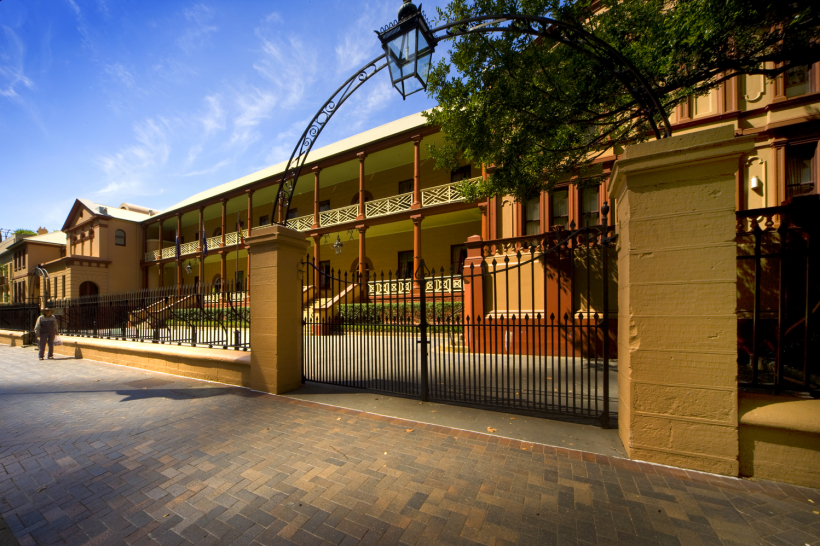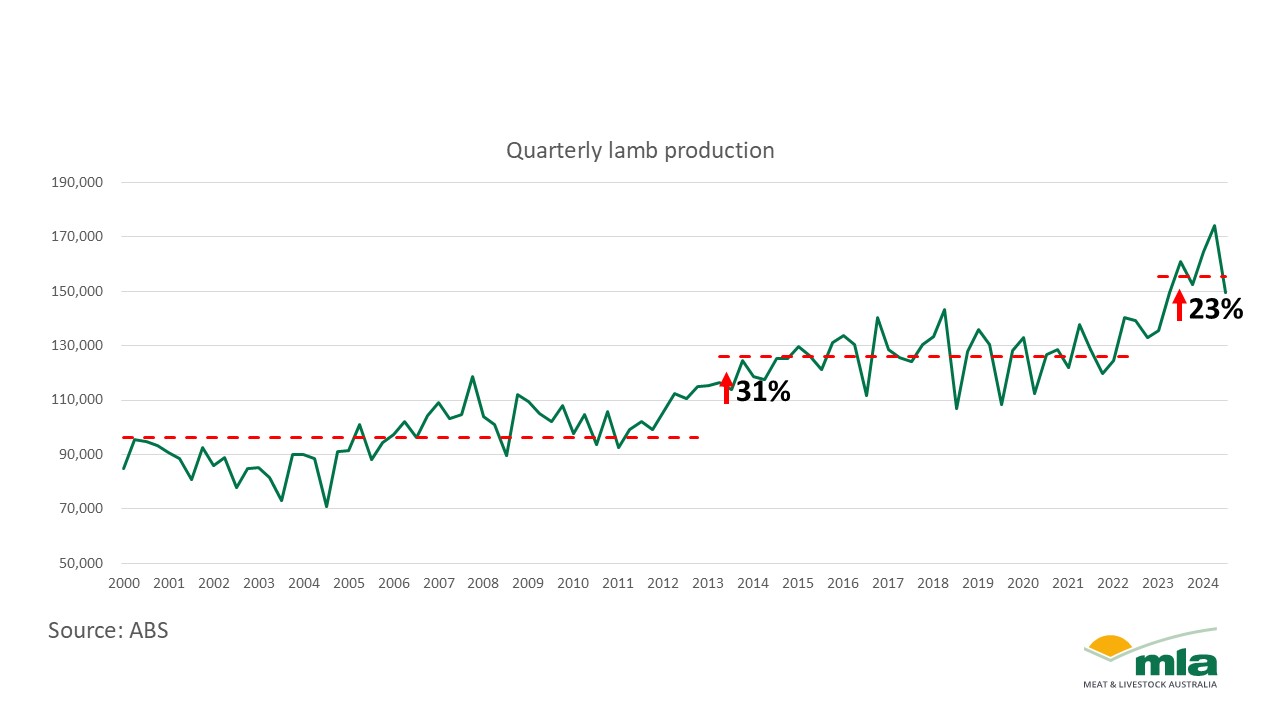Research shows how women in Anglo-Saxon England faced the same issue as many women today – age and beauty related sexism.
Dr Christine Cave of the ANU School of Archaeology and Anthropology said her research suggested women of this era were typically valued for their youth and appearance, with their peak social status reached at around age 30.
Dr Cave examined burials of around 350 graves spread across three cemeteries dating to around 450 A.D to 600 A.D.
Her findings showed burial items, which typically represent status, increased for women up to age 30, after which point they began to decline. The burial items for men continued to increase up past the age of 60.
“The grave goods women are buried with are things that highlight beauty, so jewellery, beads, brooches and things like that,” Dr Cave said.
“Whereas men’s high status grave goods tend to be weaponry. The highest status would be a sword but more commonly, it would be a spear or shield.”
Dr Cave said she was struck by how the women of the time were facing the same issues as women still face today.
“In some ways things aren’t all that much different today,” she said.
“If you look at the movie industry there have been studies to show the number of lines a female actor gets peaks when she gets to about 30, where for men it keeps going up past 60.”
Dr Cave said she also discovered the graves of two elderly women in the Mill Hill Anglo-Saxon cemetery from the South East English region of Kent who she believes may have been the last two living Pagans from the region.
“These ladies were the two oldest people in the cemetry, and it appears they were buried around 20 years after the cemetery had gone out of use,” she said.
“My theory is these ladies were the last pagans in the region, buried in a disused pagan cemetery after Christians decided they didn’t want them buried in a Christian cemetery.”
The research has been published in a series of journal articles throughout the year as part of Dr Cave’s 2018 PhD thesis.







